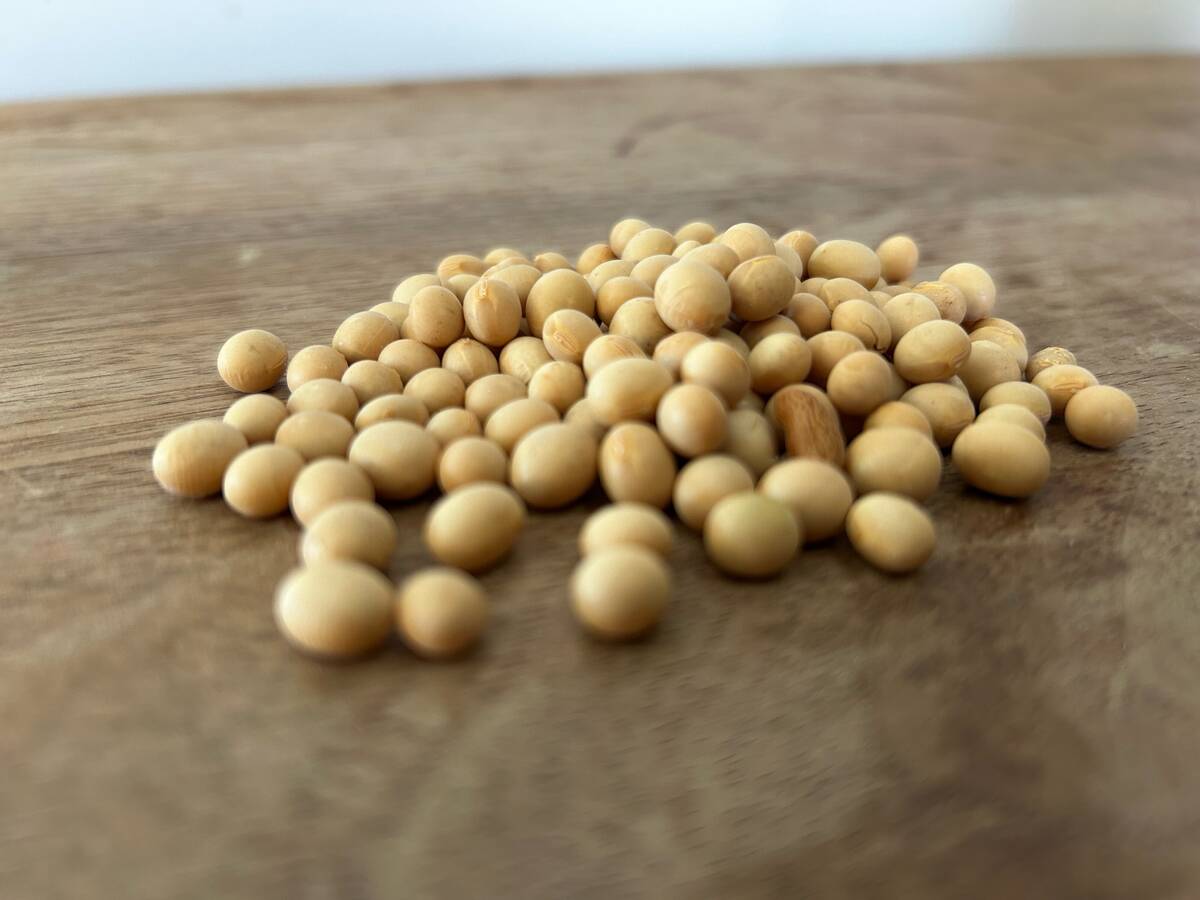Tomorrow afternoon, Manitoba’s Progressive Conservative party will unveil its first budget in nearly 17 years.
Agriculture and rural issues haven’t been emphasized in recent provincial budgets, but that may change Tuesday, seeing how the Tories control nearly every seat outside of Winnipeg.
Two agricultural concerns, both related to water, may receive significant attention in the budget.
ALUS
The PCs promised during the election to implement an Alternative Land Use Services (ALUS) program across the province, where landowners are paid to retain or re-construct natural areas like wetlands, grasslands and riparian areas near rivers.
Read Also

U.S. grains: soybeans firm ahead of USDA data
Chicago soybeans ticked up slightly on Wednesday as traders adjusted positions ahead of the release of official U.S. data on global supply and demand on Friday, the first update in weeks, but prices were capped by a lack of large Chinese purchases.
ALUS employs an ecosystem services model, which places a monetary value on actions that preserve water quality, sequester carbon, mitigate flooding or protect wildlife habitat.
Prince Edward Island is the only province in Canada with a “province-wide” ALUS program.
“In PEI … 97 percent of the farmers participate,” said Lara Ellis, director of ecosystem markets, business and policy development with ALUS Canada. “A good amount of the funding (for ALUS) comes from existing government programs … at the provincial and federal level…. There is also municipal dollars and philanthropic support.”
Manitoba needs ALUS or another program to fill a legislative void around surface water management. The previous government introduced a comprehensive water management Bill in 2015, including no net loss of wetlands of agricultural lands, but provincial politicians didn’t vote on the legislation prior to the spring election.
ALUS may also become a tool for carbon pricing in Manitoba, as farmers who adhere to best practices for soil management could be compensated for carbon sequestration.
Lake Manitoba drain
Since 2011, after the Assiniboine River and Lake Manitoba flood, farmers around the province’s third largest lake have been asking for a drainage channel at the north end of Lake Manitoba to manage water levels.
When spring runoff increases water flow on the Assiniboine River, the province operates a structure at Portage la Prairie that diverts water into Lake Manitoba. In 2011 and 2014, landowners with property adjacent to the lake, including farmers, said the province was raising the lake level and flooding their land to save people downstream of Portage.
The PCs and Premier Brian Pallister campaigned on a promise to build a permanent outlet and a drainage channel from Lake Manitoba to Lake Winnipeg, but it could be an expensive commitment.
The project may cost $500 million or more with the federal government kicking in half of the funding.
Contact robert.arnason@producer.com















